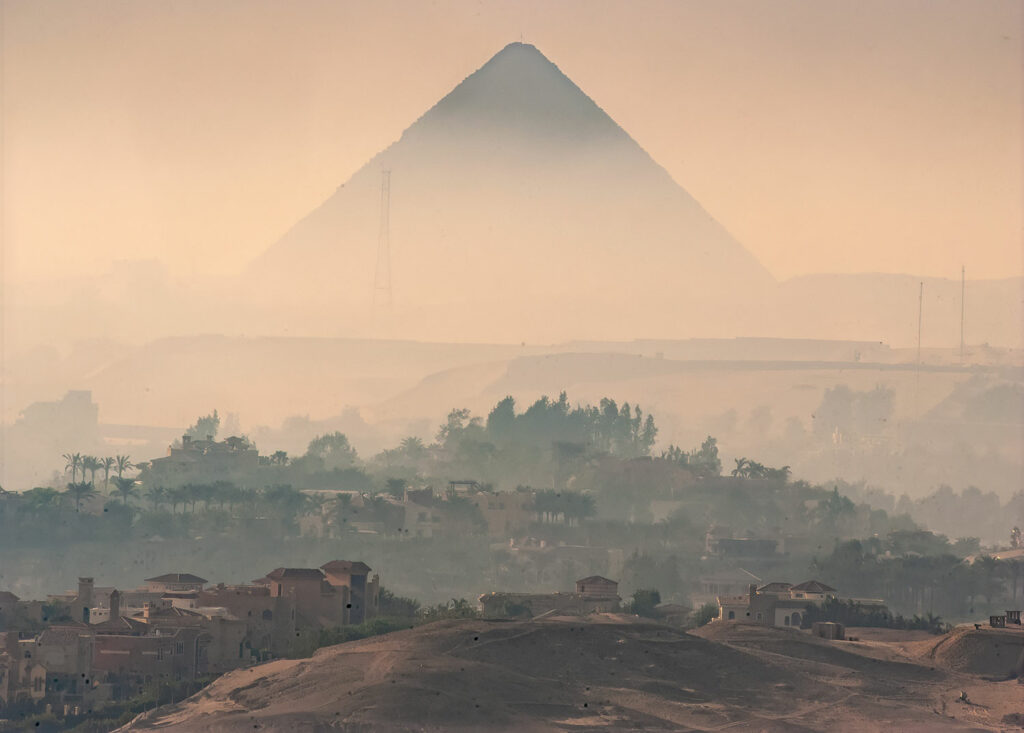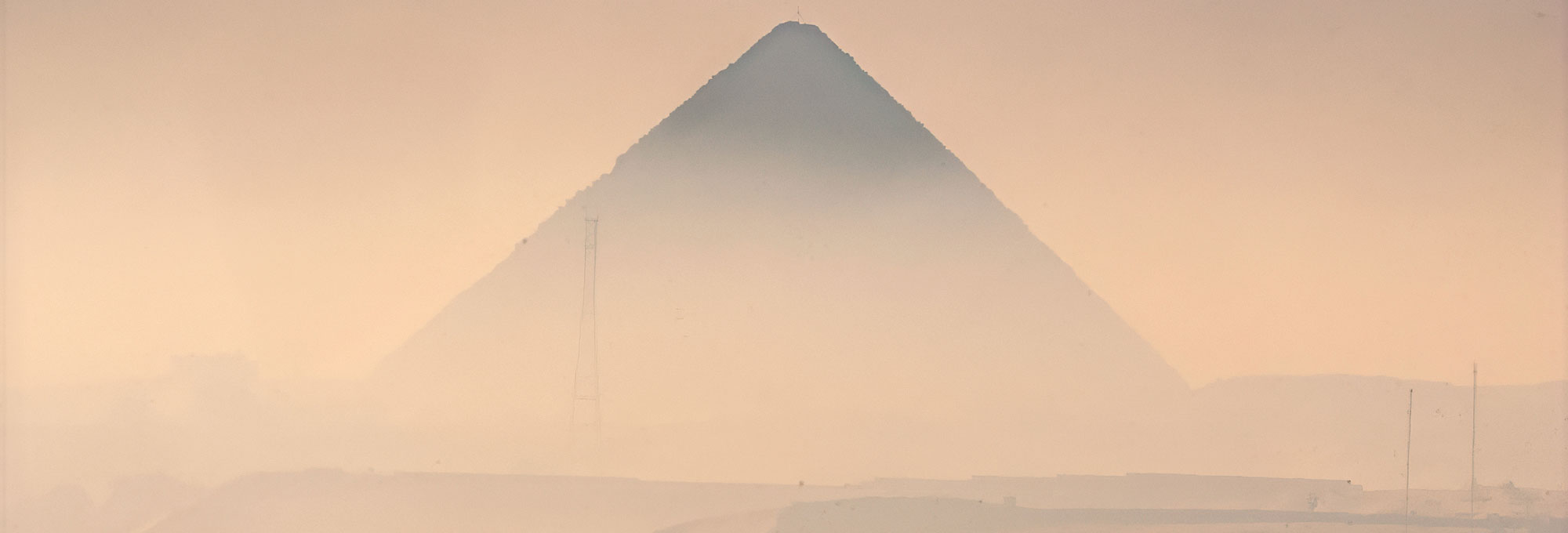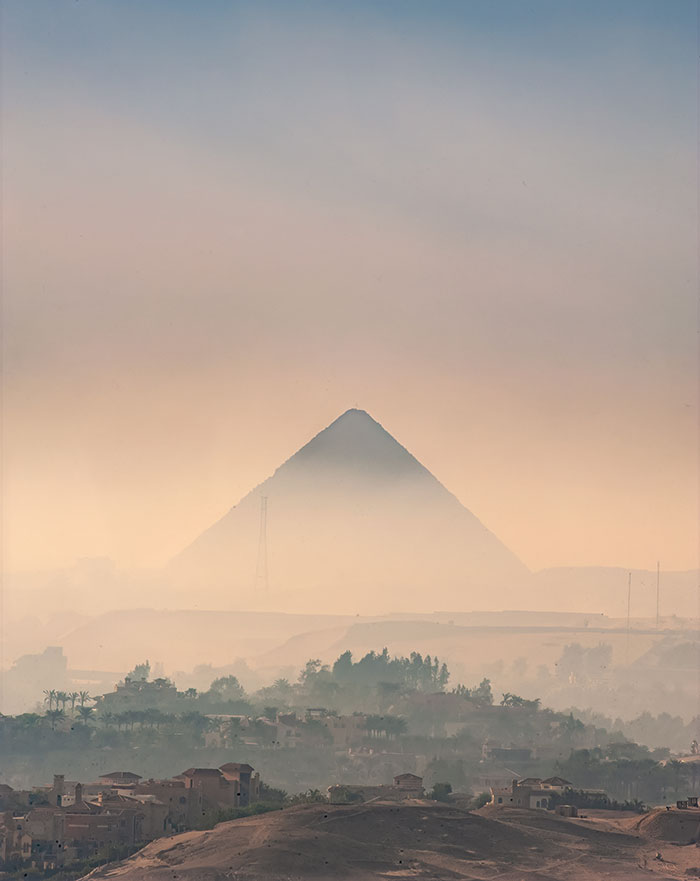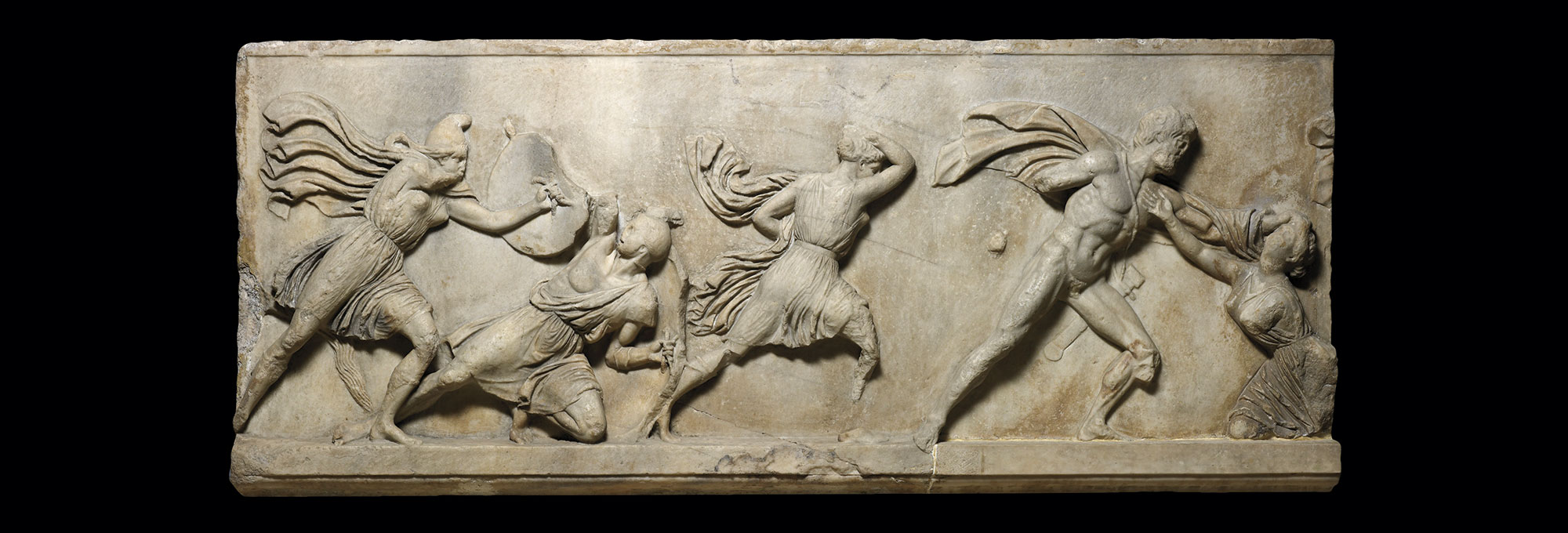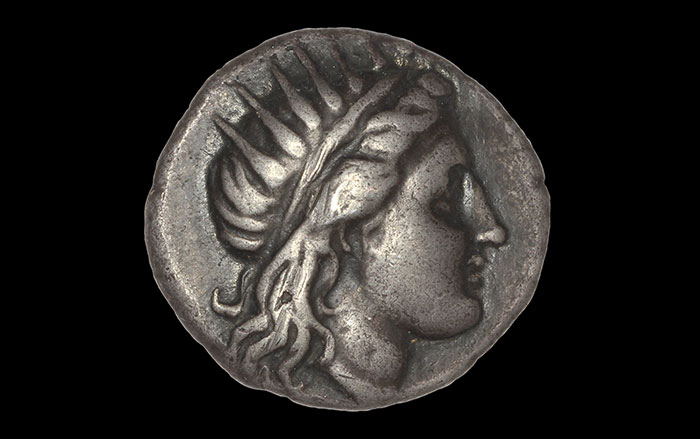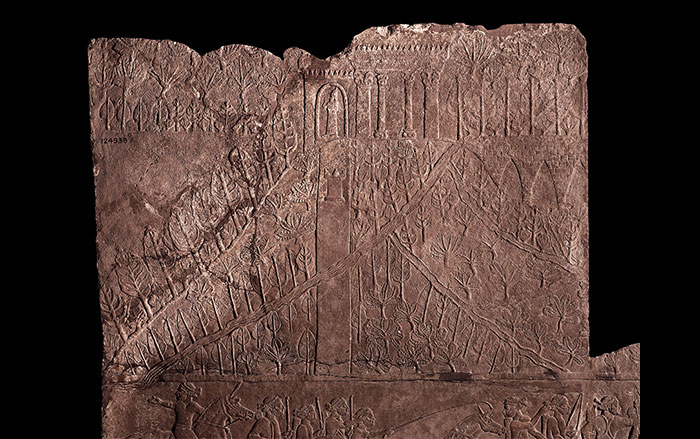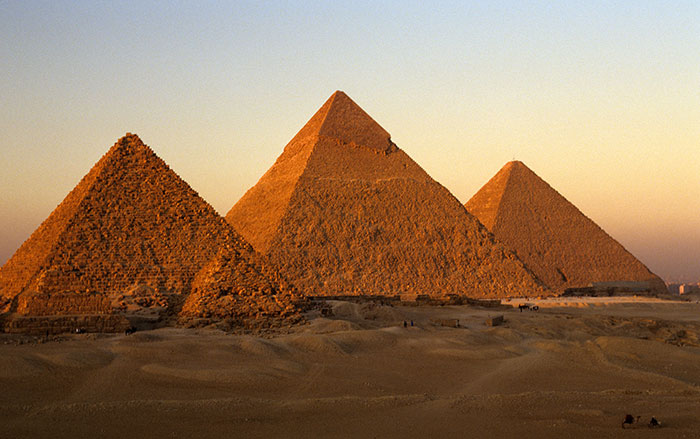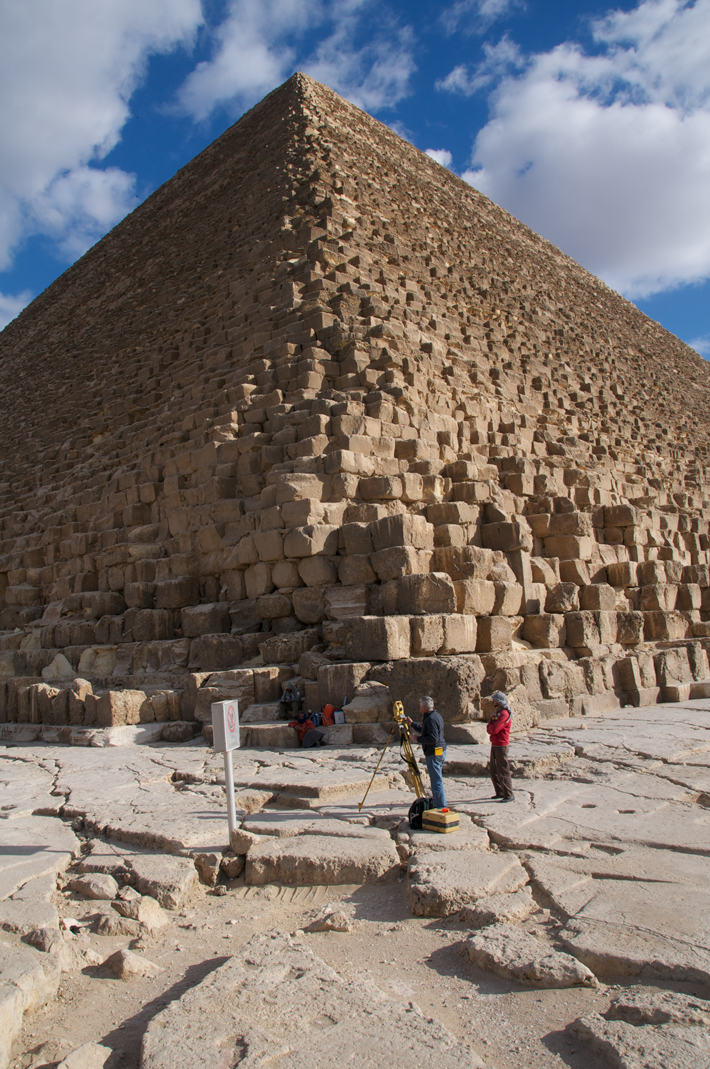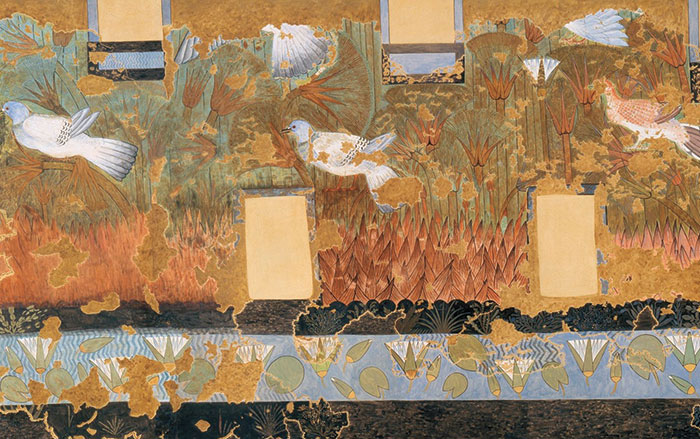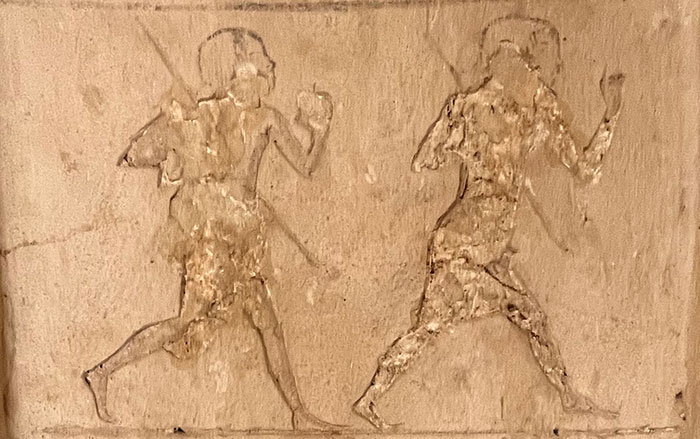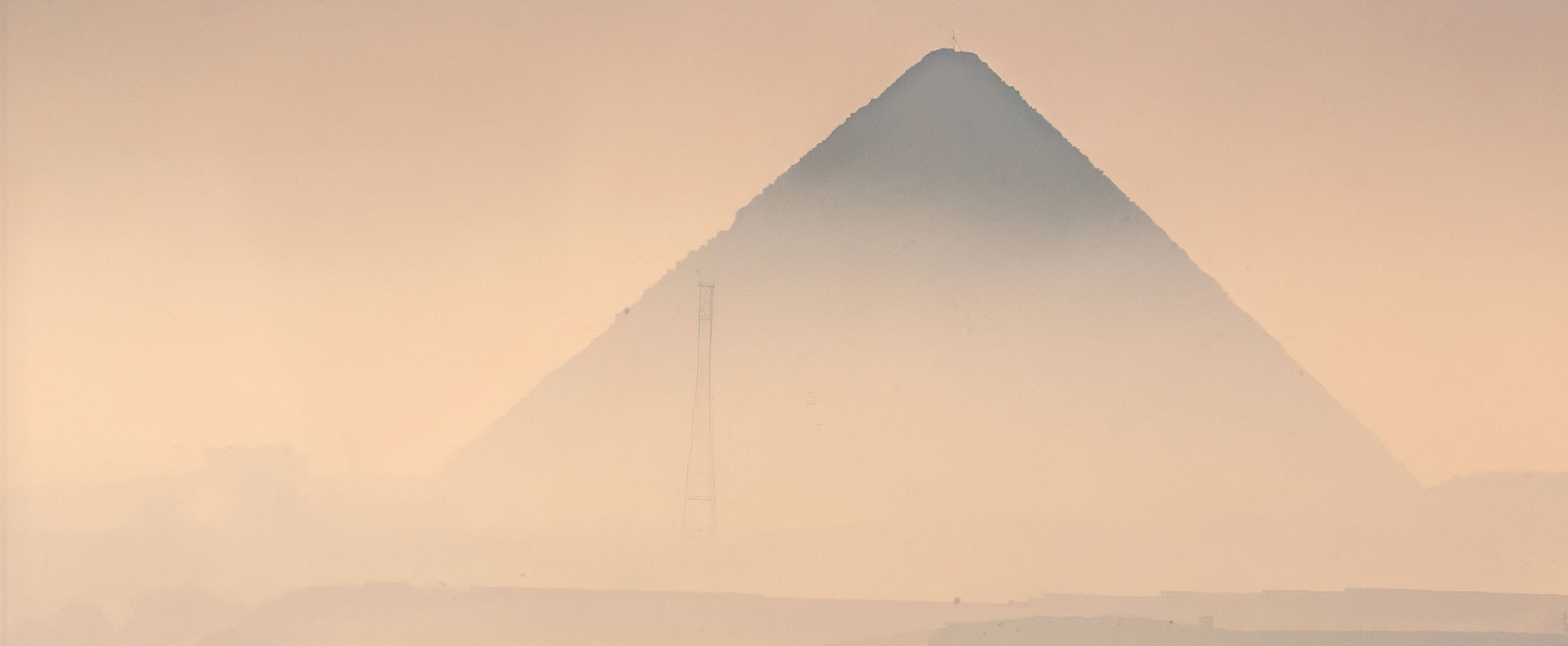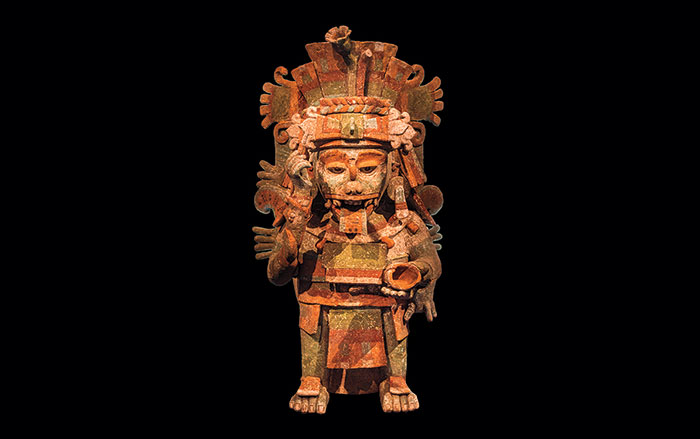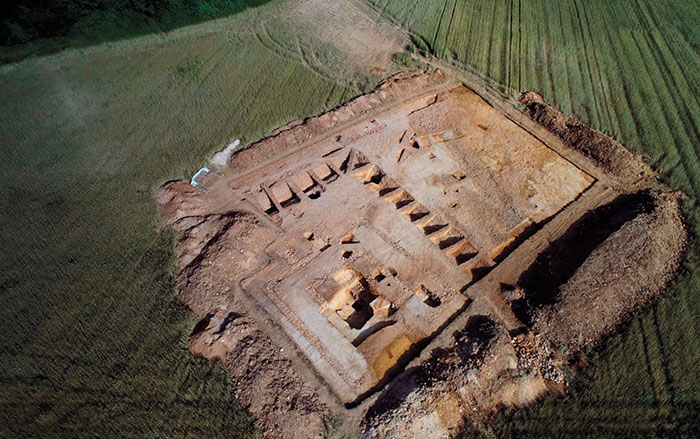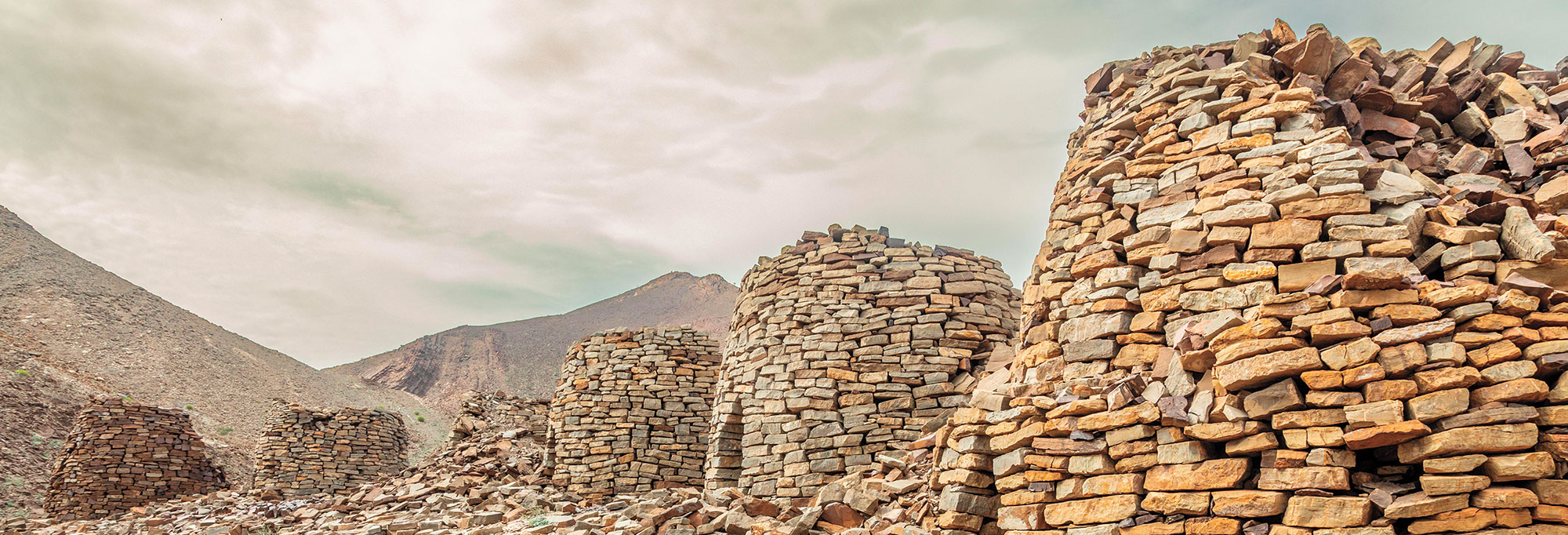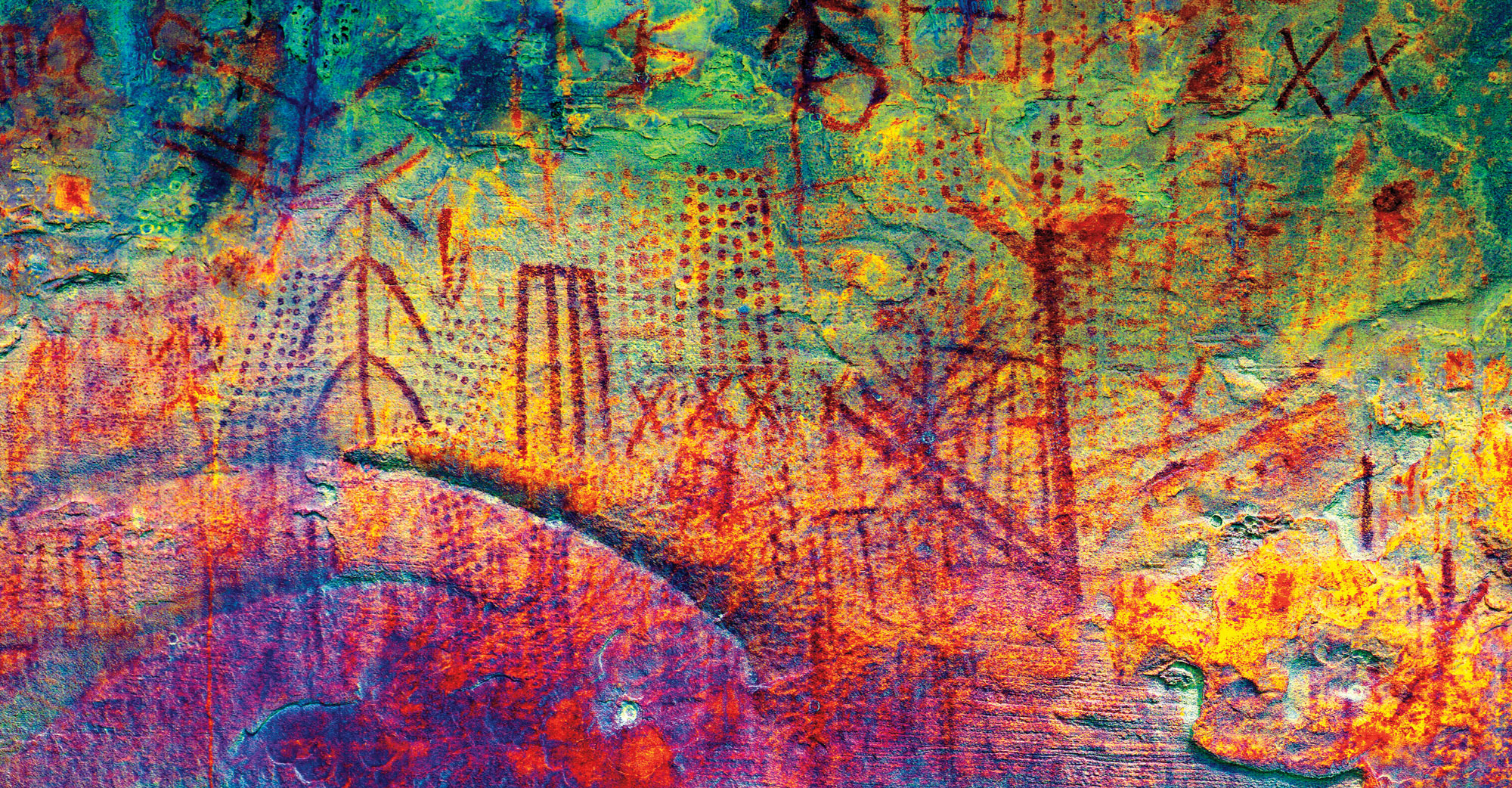The Great Pyramid of Giza is both the oldest of the Seven Wonders and the only one still standing. Built by the pharaoh Khufu (reigned ca. 2551–2528 b.c.) to serve as his tomb, the monument originally stood 481 feet tall, measured 755 feet per side, and was constructed from 91 million cubic feet of stone. Although the pyramid has been studied for centuries, a surge of new discoveries over the past two decades has highlighted the massive workforce involved in its design and construction. “The Great Pyramid is astounding, but it’s a very human monument,” says Egyptologist Mark Lehner of Ancient Egypt Research Associates. “The mark of the human hand is everywhere.”
In 2013, at the ancient port of Wadi el-Jarf on the Red Sea, archaeologists uncovered parts of a papyrus logbook kept by a man named Merer who captained a crew that transported some of the pyramid’s massive blocks. Merer’s logbook details the workers’ daily activities and offers new insight into the logistics of the pyramid’s construction. On the Giza Plateau, archaeologists have discovered a city where the workers lived. Contrary to popular belief, these laborers were not enslaved, but were well-paid employees afforded good living conditions and an abundance of food.
Scholars also now have a better understanding of the Giza landscape 4,500 years ago. Today, the Nile flows around five miles east of the Great Pyramid, but in Khufu’s time, its course cut much closer to the plateau. Excavations, sediment coring, and modern mapping techniques have revealed that the Egyptians engineered an intricate series of canals, harbors, and basins to ensure that stones and other supplies could be off-loaded at the foot of the construction site.
One of the most mystifying aspects of the Great Pyramid’s construction is how builders were able to excavate its huge footprint from the bedrock and create an astonishingly level base. “Nobody ever built a platform like that before, and they never did it again,” Lehner says. “How did they do that?” New clues about this process are emerging in the form of thousands of regularly spaced postholes left behind by ancient builders on each side of the pyramid. Researchers hope that new scanning technology may reveal evidence about how the Great Pyramid was planned.
According to Lehner, perhaps the most pressing remaining questions concern how Khufu convinced so many people to collaborate on one of the greatest building achievements in human history, when doing so must have involved numerous potential perils, and how, exactly, the Egyptians lifted the final blocks into place at the top of the monumental structure.
